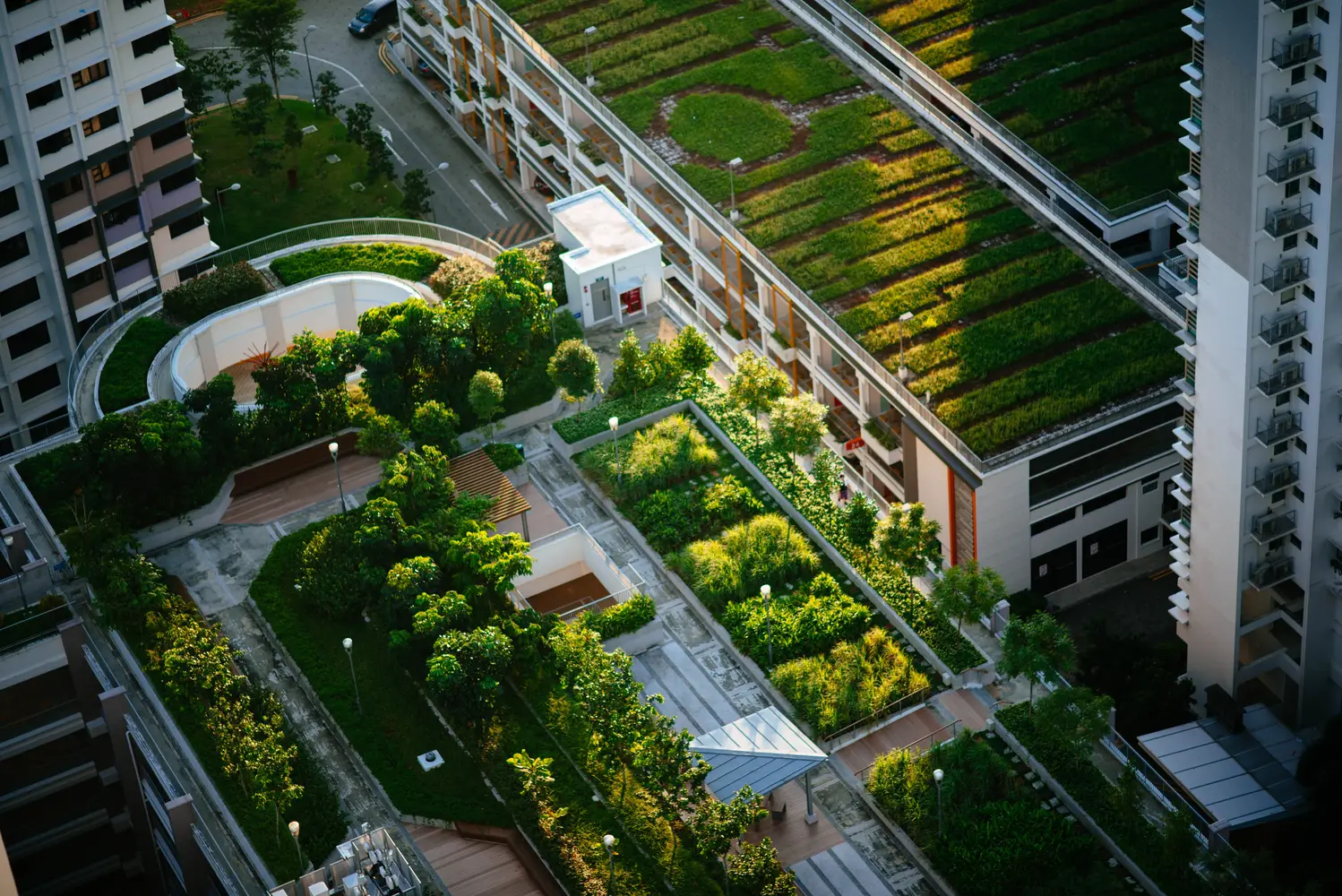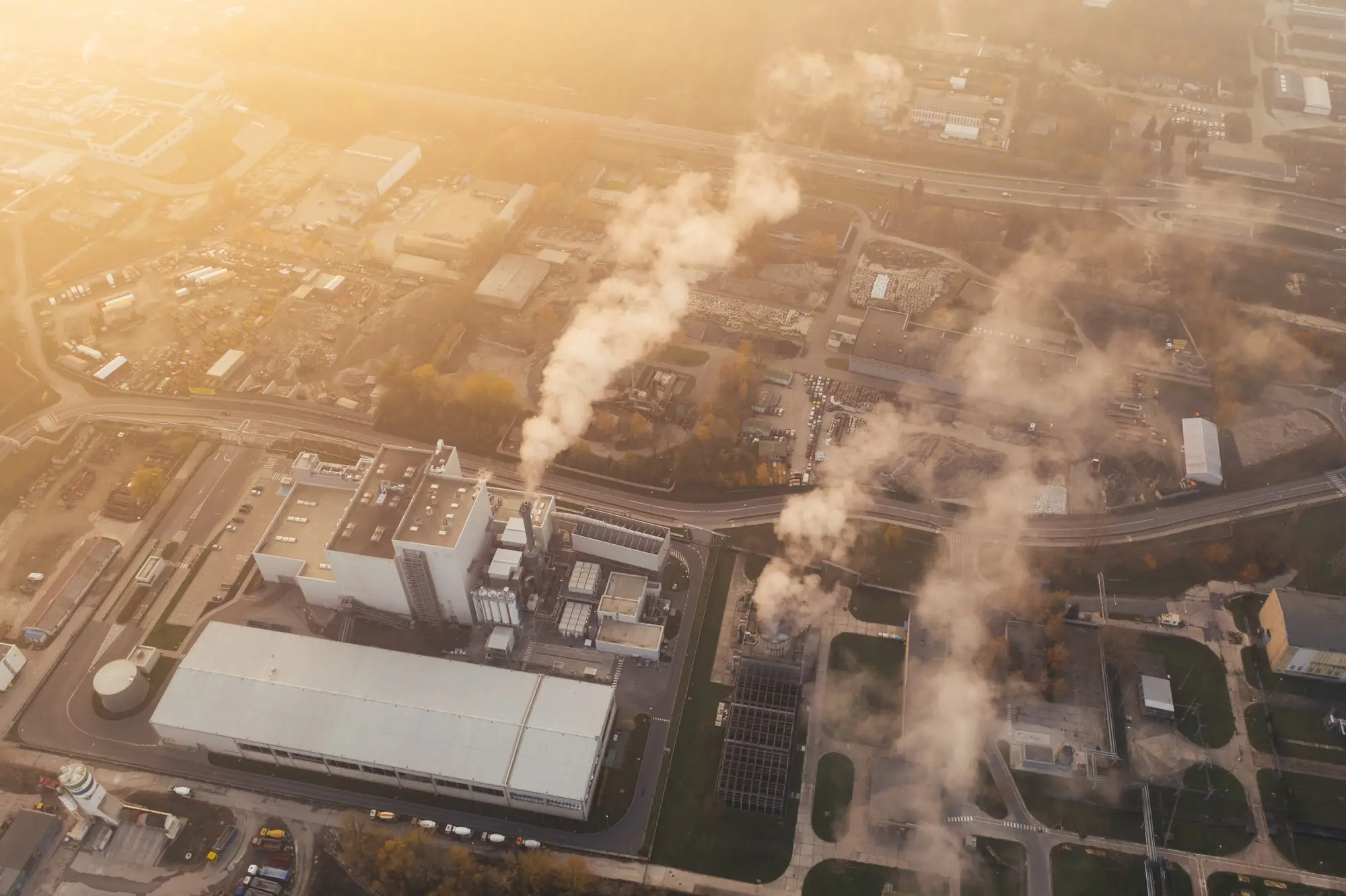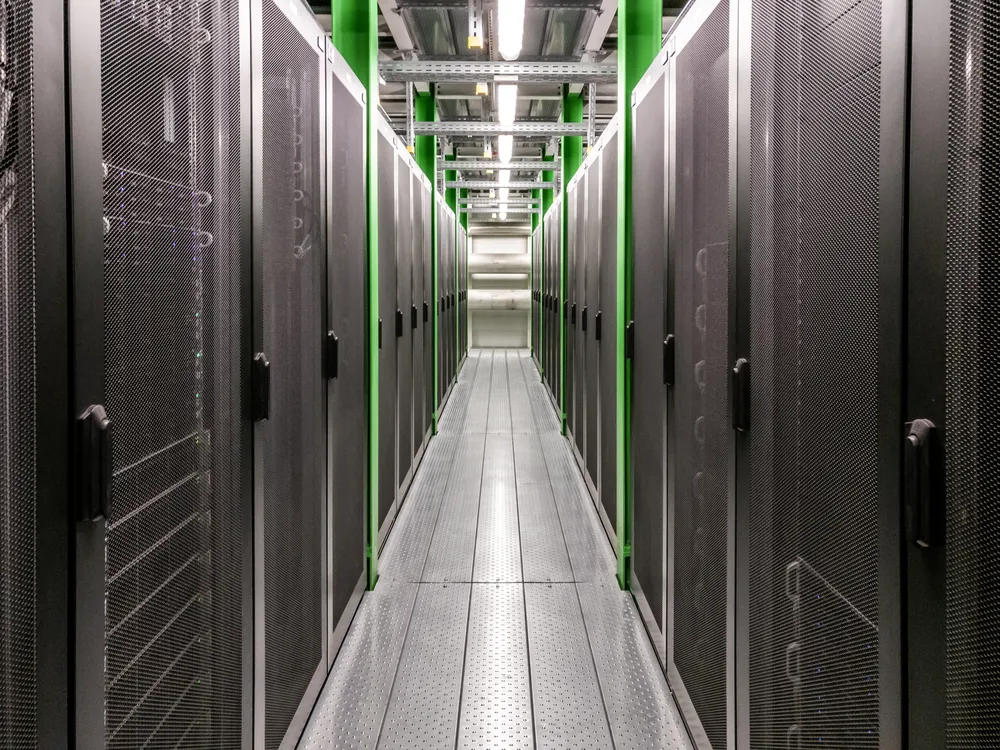World Wide Warmth - the climate-friendly heating from the data center?
Data centers are infrastructural elements that have become an indispensable part of a city's image. It is clear that data centers consume a lot of energy, but they also produce some: Heat. Some data centers already heat apartments, offices, or algae farms. But in most cases, the valuable heat is simply blown into the air. This could be changed by better site planning - and by water-cooling the servers.

Those staying at the Innside Hotel in Frankfurt's Eurotheum high-rise are cozy and warm, thanks in part to the Internet: A data center that occupies two floors further down feeds 60 °C hot water into the building's heating circuit. According to the operator, Cloud&Heat, the servers contribute around 600 MWh (megawatt hours) of heat annually. This amount of energy could also heat 30 average private households for a year and supply them with hot water. Heating with servers has been the exception so far. The vast majority of data centers simply blow their waste heat into the environment. But now politicians want to change that: "We will orient data centers in Germany toward ecological sustainability and climate protection, among other things by using waste heat," says the German government's coalition agreement. In the future, server farms should be located where companies and residential areas can use the waste heat. Accordingly, many cities should revise their settlement concept - and not approve any more data centers until then.

Lots of hot air
Politicians are alarmed because data centers are eating up more and more electricity, which means they are also simply blowing more and more heat into the air. According to calculations by the Borderstep Institute, the electricity consumption of all German data centers rose from a good 10 TWh (terawatt hours) in 2010 to 16 TWh in 2020, which corresponds to around 3 % of total electricity consumption. Experts expect a similarly rapid increase over the next few years. Servers and cooling systems are becoming more efficient, but the demand for computing power and storage space in the cloud is growing even faster. At the same time, examples such as the Eurotheum show that using server waste heat is not only technically possible, but can also pay off. According to Cloud&Heat, the system saves around €65,000 a year compared to purchasing district heating. This corresponds to around 10% of the total heating costs of the high-rise building. Elsewhere, apartments, gymnasiums, algae farms or offices are already supplied with heat by servers.

Climate friendly heating
Computer heat can also help protect the climate. Normal heating plants burn coal or gas; in Germany, a good 40 % of electricity comes from renewable energy sources. Especially in cities like Amsterdam, Stockholm or Frankfurt, where many data centers are located, server heat could make a significant contribution to achieving climate targets. The Frankfurt city administration puts the "usable waste heat" of local data centers at 642 GWh (gigawatt hours) per year. This would correspond to 9% of the heat consumed by homes, businesses, commerce, and services in the city. In 2030, the share will already be 27%, according to the calculations. This is because the output of server farms is expected to more than double in the next few years, while the city's heating requirements are expected to fall in parallel thanks to better insulation. But whether the city can actually use the heat produced by servers is another matter. In practice, waste heat projects face numerous hurdles - and not just in Frankfurt.
Grow your greens at home, all year around with the VegeBox*
One challenge lies in the physical distance between the server halls and the heat consumers. Many data center operators already heat their own offices and lounges in the same building. But with this solution, often only 1 % of the waste heat can be used, according to a 2019 study by the NEtzwerk einergieeffiziente Rechenzentren (NeRZ).

Data centers therefore need larger heat consumers in the neighborhood, such as residential areas, swimming pools or greenhouses. However, large cloud corporations such as Google, Amazon, or Microsoft require a lot of space and usually build on greenfield sites. It is true that heat can also be transported over dozens of kilometers with little loss. But building new pipelines would take years to decades and cost millions of euros. Things can be different if the necessary district heating pipes already run nearby. The second major problem is that the vast majority of data centers cool their servers with air. Typically, the computers suck in cold air from the front and blow the heated air out the back. Often, air conditioners then transfer the heat to a water system. This way, however, the water only gets 30, or at best 40 °C warm. This is not enough to heat buildings directly. Rather, the temperature must be raised further with a heat pump, i.e., with electricity, which in turn costs money. According to the NeRz study, this method is by no means always profitable: "In Germany, the economic operation of heat pumps is an ambitious goal due to electricity prices, and in many cases leads to a zero bill."
These Kelp-Supplements may soon be produced with green heat*
Another factor is seasonality. Because homes and offices are not heated in the summer, the data center needs a second system to dissipate its heat for this period. That incurs further costs. So a lot has to add up for servers to heat homes, for example. Even at tech giants like Amazon, Google and Meta, providing waste heat to third parties is still the exception. Even though the U.S. corporations all claim to be eco-leaders and hold more than enough capital for environmental projects and operate dozens of huge data centers.
The advantages in terms of efficiency and waste heat utilization are too great to be left untapped, but a turnaround will require clear policy regulations for new data center construction and waste heat utilization. The foundations have already been laid, so hopefully we can all benefit in the future.
*The links to sources of supply are affiliate links: If you buy through them, you actively support gustar.io, because we then receive a small part of the sales proceeds. Thank you very much! :-)





